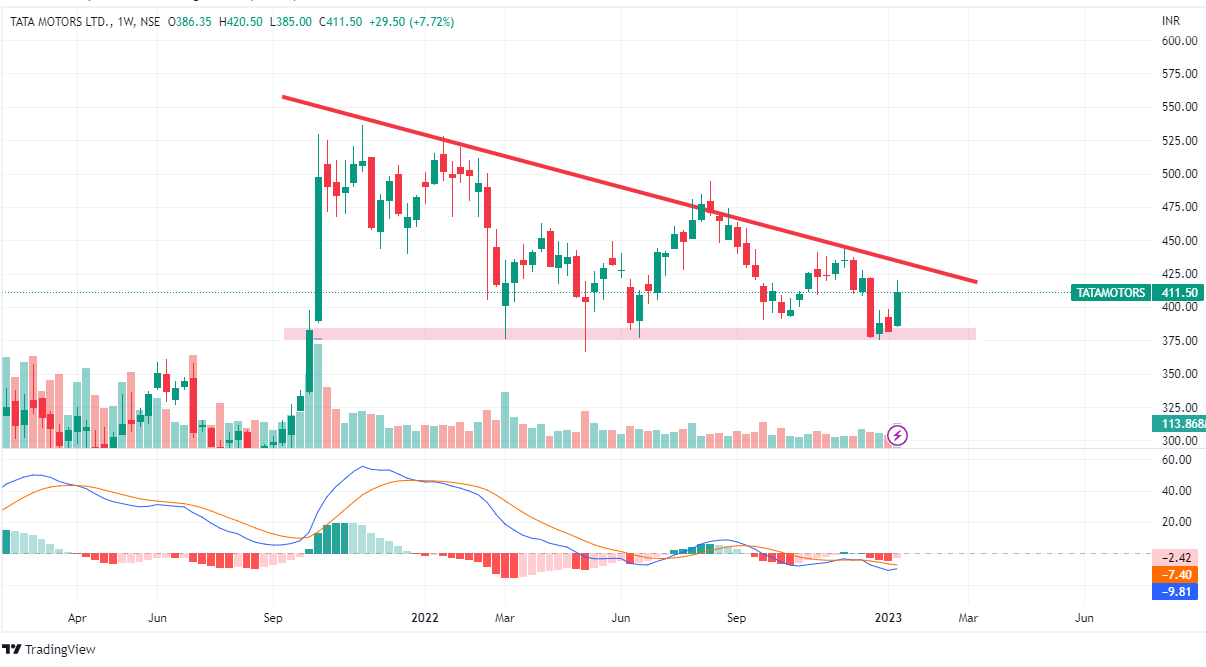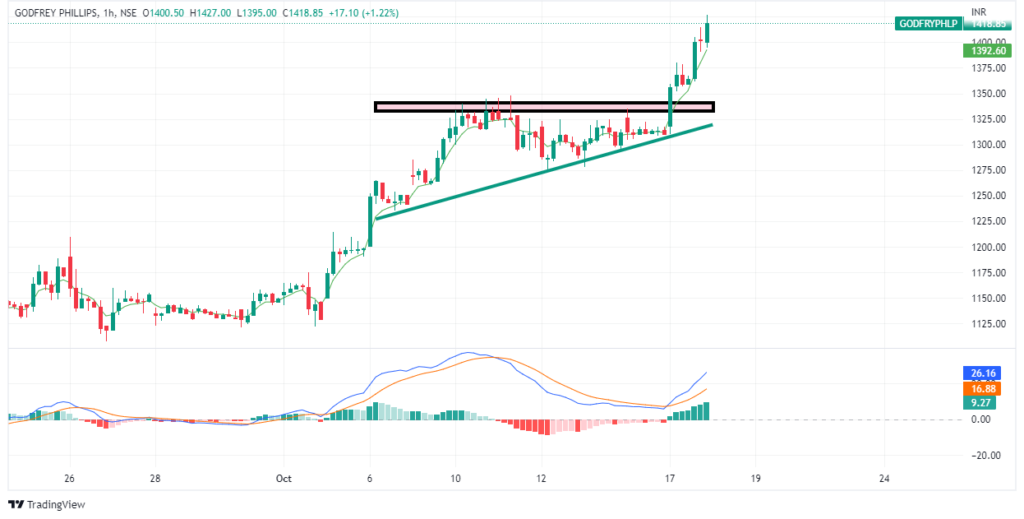Introduction: In the dynamic world of trading, achieving quick profits can be challenging yet rewarding. To help you navigate this fast-paced environment, we’ve compiled ten effective trading strategies for quick profits. This guide will not only provide you with actionable insights but also introduce you to tools and resources that can enhance your trading success.
1. Scalping: Capturing Small Movements for Quick Gains
Scalping involves executing numerous trades throughout the day to capture small price movements. This strategy is suited for traders who prefer quick, frequent trades.
- Tips for Success:
- Focus on High Liquidity: Choose assets with high trading volumes.
- Utilize Short Timeframes: Opt for 1-minute to 5-minute charts.
- Implement Tight Stop-Loss Orders: Protect your capital with stringent stop-loss measures.
You have to make quick entry and exit. So, opt for a system or platform which is very quick to respond. You can try algorithm-based scalping too.
2. Momentum Trading: Riding the Market’s Current
Momentum trading capitalizes on assets showing strong directional movements. By entering trades aligned with these trends, traders can potentially reap substantial profits.
- Tips for Success:
- Identify Trends Early: Use tools like moving averages and RSI to gauge momentum.
- Define Clear Targets: Set specific entry and exit points based on momentum indicators.
- Watch for Trend Reversals: Stay alert for signs that the trend might change.
This will be relatively easier to execute as compared to scalping.
3. Day Trading: Profiting from Daily Market Movements
Day trading involves buying and selling assets within the same trading day to exploit short-term price fluctuations.
- Tips for Success:
- Stay Informed: Keep up with market news and events that could impact prices.
- Use Technical Analysis: Employ chart patterns and indicators to time your trades.
- Maintain Emotional Control: Adhere to your trading plan and avoid impulsive decisions.
4. Swing Trading: Making the Most of Short to Medium-Term Trends
Swing trading aims to capture gains from price swings over several days or weeks. This strategy is ideal for traders who prefer a bit more time to analyze and act.
- Tips for Success:
- Utilize Trend Analysis: Apply trend lines and oscillators to identify potential entry points.
- Set Strategic Stop-Loss Orders: Safeguard your profits and limit losses.
- Monitor Economic Events: Pay attention to events that could influence market trends.
5. News Trading: Leveraging Market Reactions to Economic Events
News trading involves making trades based on the market’s reaction to significant news events. This strategy requires quick decision-making and execution.
- Tips for Success:
- Follow Economic Calendars: Stay updated on upcoming news releases and their potential impact.
- Act Quickly: Execute trades immediately after news announcements.
- Prepare for Volatility: Use stop-loss orders to manage unexpected price swings.
6. Arbitrage: Exploiting Price Discrepancies Across Markets
Arbitrage involves taking advantage of price differences between markets to make a profit. This strategy relies on quick execution and accurate calculations.
- Tips for Success:
- Identify Price Discrepancies: Monitor various markets for price differences.
- Execute Promptly: Time your trades to capitalize on price gaps.
- Consider Transaction Costs: Factor in fees and spreads when calculating potential profits.
A simple arbitrage trade would be buying stock in cash and selling futures of the stock in derivatives segment . This will yield gain if futures are at higher price than stock. At the expiry date, futures and spot price will merge.
7. Breakout Trading: Capitalizing on Price Breakouts
Breakout trading involves entering trades when the price breaks out of a defined range or pattern, anticipating a strong price movement.
- Tips for Success:
- Analyze Chart Patterns: Look for patterns like triangles or flags that signal potential breakouts.
- Confirm with Volume: Ensure that breakouts are supported by increased trading volume.
- Set Clear Targets: Define entry and exit points based on breakout levels.
8. Trend Following: Profiting from Market Trends
Trend following strategies aim to profit from established market trends by entering trades in the direction of the trend.
- Tips for Success:
- Utilize Trend Indicators: Use indicators like moving averages or MACD to confirm trends.
- Enter on Pullbacks: Consider entering trades during minor corrections within the trend.
- Watch for Trend Reversals: Be attentive to signs that a trend may be reversing.
9. High-Frequency Trading (HFT): Leveraging Speed for Profit
High-frequency trading uses algorithms to execute a large volume of trades at high speeds. This strategy requires advanced technology and infrastructure.
- Tips for Success:
- Invest in Technology: Utilize high-speed trading platforms and sophisticated algorithms.
- Optimize Algorithms: Develop and test trading algorithms for efficiency.
- Stay Compliant: Ensure adherence to regulations governing HFT practices.
10. Swing Trading with Options: Enhancing Returns with Options Contracts
Swing trading with options involves using options contracts to capture short to medium-term price movements, potentially increasing returns.
- Tips for Success:
- Trade Liquid Options: Focus on options with high trading volume.
- Apply Options Strategies: Use strategies like covered calls or puts to manage risk.
- Understand Options Greeks: Familiarize yourself with Greeks like Delta and Theta to predict price movements.
if you are from India, you can start by opening a trading and demat account with Zerodha.









